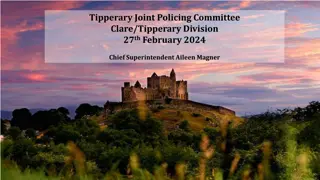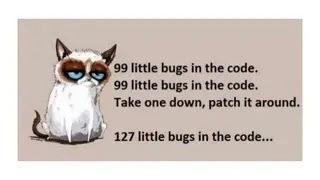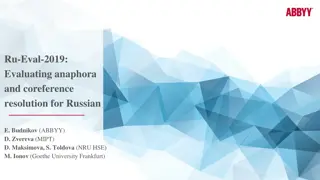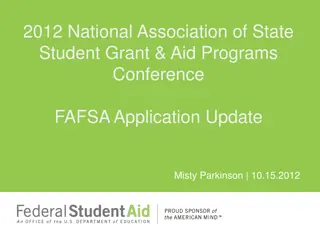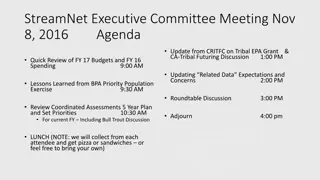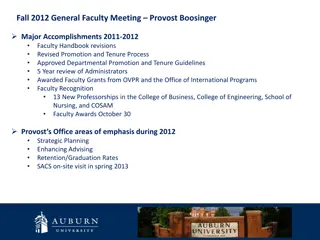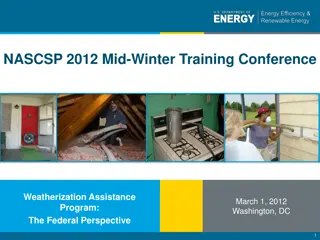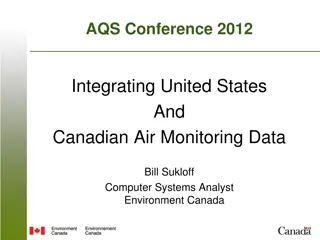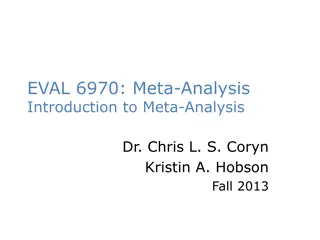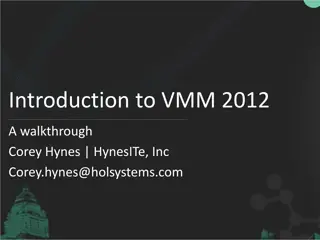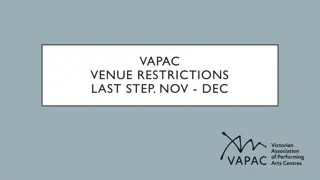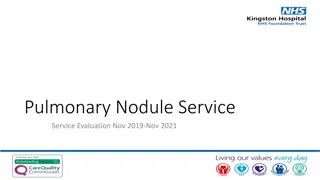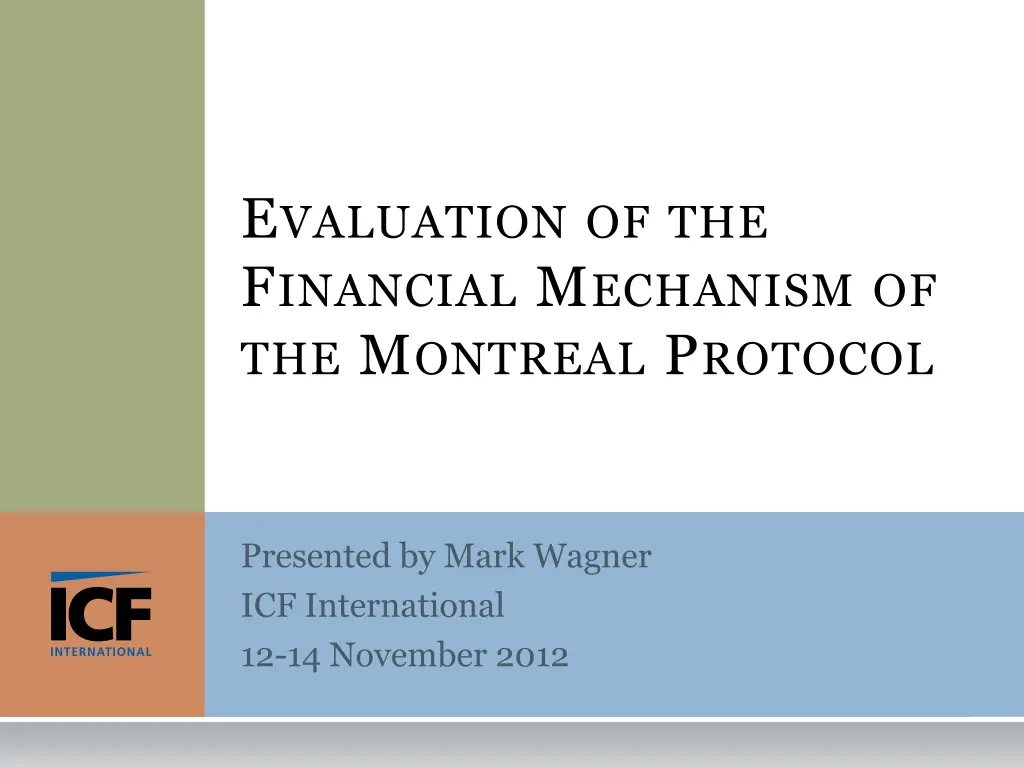
Evaluation of Financial Mechanism for Montreal Protocol
Explore the comprehensive evaluation process of the financial mechanism for the Montreal Protocol, conducted independently by ICF International. The report covers the methodology, timeline, parties interviewed, and updated sections offering valuable lessons and recommendations for the future. Access the final report on the Ozone Secretariat website.
Download Presentation

Please find below an Image/Link to download the presentation.
The content on the website is provided AS IS for your information and personal use only. It may not be sold, licensed, or shared on other websites without obtaining consent from the author. If you encounter any issues during the download, it is possible that the publisher has removed the file from their server.
You are allowed to download the files provided on this website for personal or commercial use, subject to the condition that they are used lawfully. All files are the property of their respective owners.
The content on the website is provided AS IS for your information and personal use only. It may not be sold, licensed, or shared on other websites without obtaining consent from the author.
E N D
Presentation Transcript
EVALUATION OF THE FINANCIAL MECHANISM OF THE MONTREAL PROTOCOL
OVERVIEW OF 2 EVALUATION PROCESS Evaluation requested by the Parties in decision XXII/2, and carried out according to the TOR in Annex 1 of that decision Evaluation independently conducted by ICF International from July 2011 through September 2012 Evaluation guided by Steering Panel representing Austria, Canada, Colombia, India, Japan, Nigeria, the Former Yugoslav Republic of Macedonia, and the United States Evaluation finalized in September 2012 incorporating comments on the Draft received from Parties submitted after 32ndOEWG in Bangkok
EVALUATION TIMELINE 3 Evaluation methodology finalized First meeting with Steering Panel July - Aug 2011 Conduct evaluation Attend 31st OEWG and 23rd MOP for interviews Sept Dec 2011 Deliver preliminary draft report for Steering Panel comments Jan 2012 Panel comments incorporated Final draft report submitted to Panel Feb Mar 2012 Next round of Panel comments incorporated Final evaluation report submitted to 32nd OEWG Apr Jun 2012 Incorporated comments from Australia, Canada, China, EU, Norway, and US Delivered Final Evaluation to Ozone Secretariat on 28 September 2012 Sep 2012
PARTIES INTERVIEWED 4 Article 5 Parties interviewed: Region Africa Countries Consulted Burkina Faso, Cameroon, Egypt, and Mozambique Jordan and Kuwait St. Lucia, Mexico, and Paraguay Mongolia, China, Cambodia, Vietnam, and Fiji Armenia and Kyrgyzstan West Asia Latin America & Caribbean South Asia & South East Asia Central & Eastern Europe Non-Article 5 Parties interviewed: Belgium, Switzerland, Netherlands, Australia, Norway, Italy, France, Latvia, the Czech Republic
SECTIONSOFTHE EVALUATION REPORT UPDATED/ADDED 5 Section 6.1 -- Lessons learned in view of the future challenges of the Montreal Protocol and the Multilateral Fund (Updated) Section 6.2 Lessons learned from other international environmental institutions and agreements (Updated) Section 7.2 Recommendations (Updated) Appendix C Comments Received on Draft Report (Added) Final Report (28 September 2012) available on the Ozone Secretariat website 24th MOP documents.
KEY FINDINGSAND RECOMMENDATIONSINTHE FOLLOWING AREAS 6 Results Policies and Procedures Other Issues Lessons Learned
NEW LESSONLESSONSLEARNEDIN VIEWOFFUTURECHALLENGESOFTHE MONTREAL PROTOCOLANDTHE MLF 7 Some of the key features of how the MLF operates have been instrumental to its success, including: a compliance-oriented approach, straightforward and relatively fast access provided to project funds, consistent application of the principle of incremental costs, a transparent and business planning process, continued support for institutional strengthening and capacity building efforts, and decision-making informed by comprehensive technical analysis.
NEW LESSONLessons learned from other international environmental institutions and agreements 8 Private entity and government sustainability and commitment are critical drivers in the success of GEF investments in the ODS focal area, as they also are in the MLF. Strong private sector involvement, including through providing co-financing, contributed to the rapid and enduring phase-out of ODS. In CEITs, the national ozone units ceased to function after GEF support ended, which may prevent measures being put in place to address the remaining threats to the ozone layer, including the phase-out of HCFCs and destruction of unwanted ODS stockpiles. GEF operations have been less cost-effective than those of the MLF, in part because GEF projects did not always adhere to incremental financing procedures.


